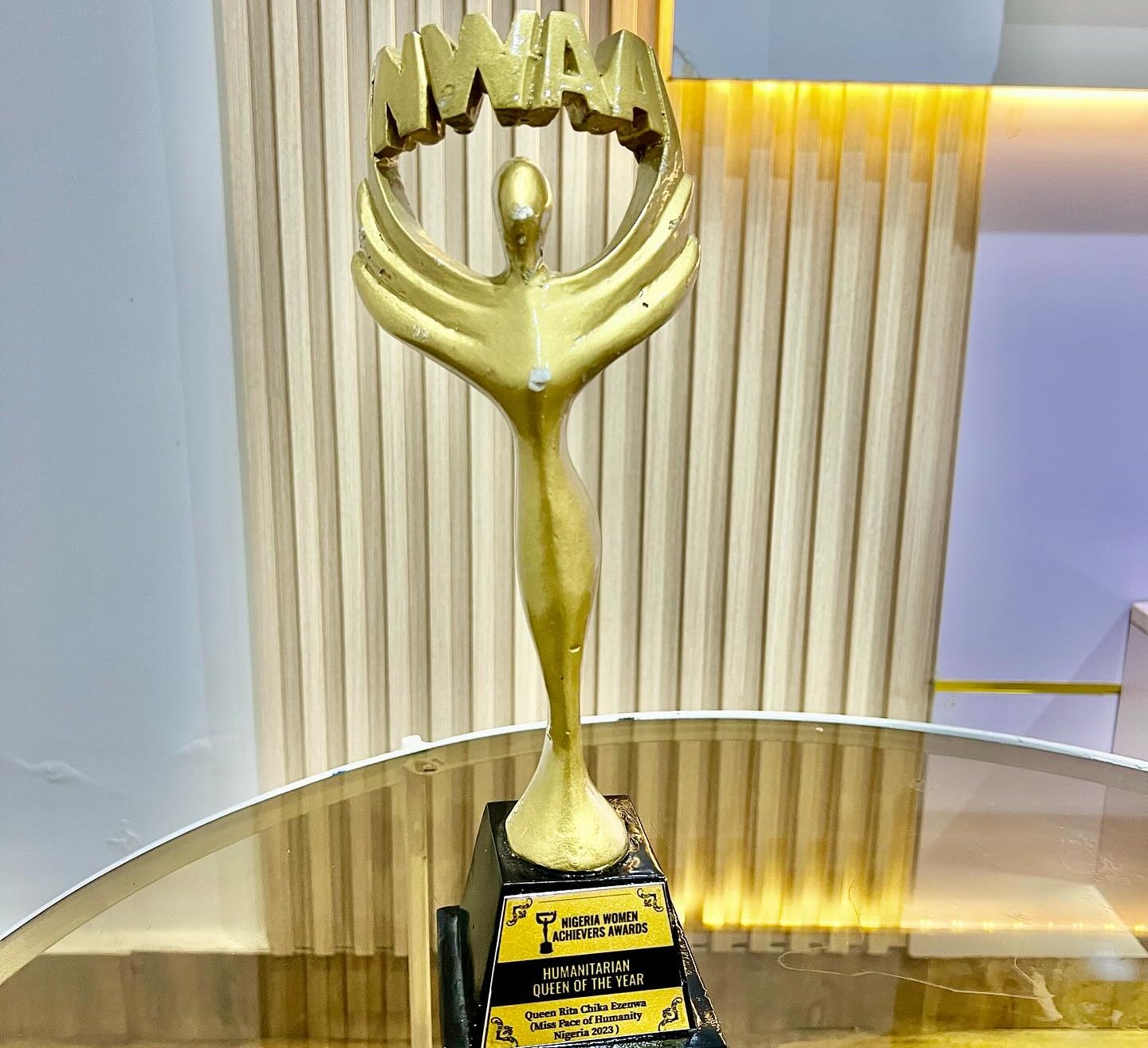By Kennedy E. Onyegbado.
The provision of improved water to millions of households in Nigerian Rural Communities with no access to it remains one of the greatest challenges for sustainable development. For over two decades, the public water utilities in Nigeria have not been able to cope with the increasing demand.
While the resources available to cater to the demand are shrinking, the potential for large-scale water resource development in poor countries is overshadowed by financial constraints and changing donor policies. This leads to an emerging interest in improving safe water access through small-scale water projects at the household, village, and local levels to arrest the problems posed by the water crisis.
Challenges of Water and Sanitation in Nigerian Rural Communities.
The Nigerian rural communities rely solely on self-water supply sources such as unprotected wells, rivers, canals, springs, and so on which are vulnerable to many diseases such as typhoid fever, cholera, dysentery, malaria, and infectious hepatitis. Rivers and lakes are few, and the perennial streams last only during or just after the rainy season, after which they get dried up.
The hand-dug wells are poorly constructed using primitive water lifting devices such as buckets and smaller containers that are unhealthy and time-consuming. Apart from the safety of the water sources, there is the problem of quantity supplied; storage facilities are by buckets and at best in drums of 100-liter capacity. Women and children especially spend most of their time trotting water at far distances from their homes.
Increasingly, poor access to improved water and sanitation in Nigerian rural communities remains a major contributing factor to high morbidity and mortality rates among children and adults. The use of contaminated drinking water and poor sanitary conditions result in increased vulnerability to water-borne diseases, including, diarrhea which leads to the death of more than 70,000 persons annually.
It is estimated that 73% of diarrhea and enteric disease burden is associated with poor access to adequate water, sanitation, and hygiene (WASH), and is disproportionately borne by poorer children. Only 26.5 percent of the population use improved drinking water sources and sanitation facilities. Also, 23.5 percent of the population defecates in the open. (UNICEF 2018).
Water supply provision in Nigerian rural communities and indeed in many developing countries is characterized by low-cost, simple technologies which can be operated, maintained, and financed by poor rural communities or households.

Again, the choice of technology for improved water supplies is dependent on environmental, socio-economic, and political conditions, including Protected springs; Hand pump-equipped boreholes and wells; Rainwater harvesting; Hand-dug wells; Gravity-fed systems; and Small-scale pumped systems.
Nevertheless, there is no single technology option that can be used in all situations and each technology has specific advantages and limitations. This is because of the relative ease of access to water that does not usually need treatment before drinking.
On the whole, rural water supply in Nigeria has had many problems and is unable to meet the challenges and has not contributed effectively to the health, economic, social, and cultural development of Nigerian rural communities as many rely on self-water supply for both domestic and irrigation purposes.
Opportunities Water and Sanitation in Nigerian Rural Communities.
A few years ago, the Federal Government declared a state of emergency to invigorate the deteriorating situation of Water, Sanitation, and Hygiene (WASH) in Nigeria.
A National Action Plan on the situation which was developed by the Ministry of Water Resources to make Sustainable Development Goals (SDGs) achievable in Nigeria by 2030 would be elusive if Federal, State, and Local Governments fail to double the investment and work with the private sector to address inherent challenges.
According to UNICEF, achieving Sustainable Development Goal 6 by 2030 requires extraordinary efforts. Based on World Bank estimates, Nigeria will be required to triple its budget or at least allocate 1.7 percent of the current Gross Domestic Product to WASH.
The ambition is highest for rural sanitation where the gap for improved services is 64.1 percent. Funding for the sub-sector is weak, and significant household contribution is needed to eliminate open defecation despite low family incomes.
ALSO READ How Safe Is Our Water?
However, under the action plan developed by the government, service providers would need to generate revenue to cover their operations and maintenance expenses, with the intention to partially, if not completely, fund their capital investments in the long run, while supplemental funding would be available from the Federal and State levels to make up for gaps, particularly when significant capital expenditure is necessary to improve access to quality WASH services.




